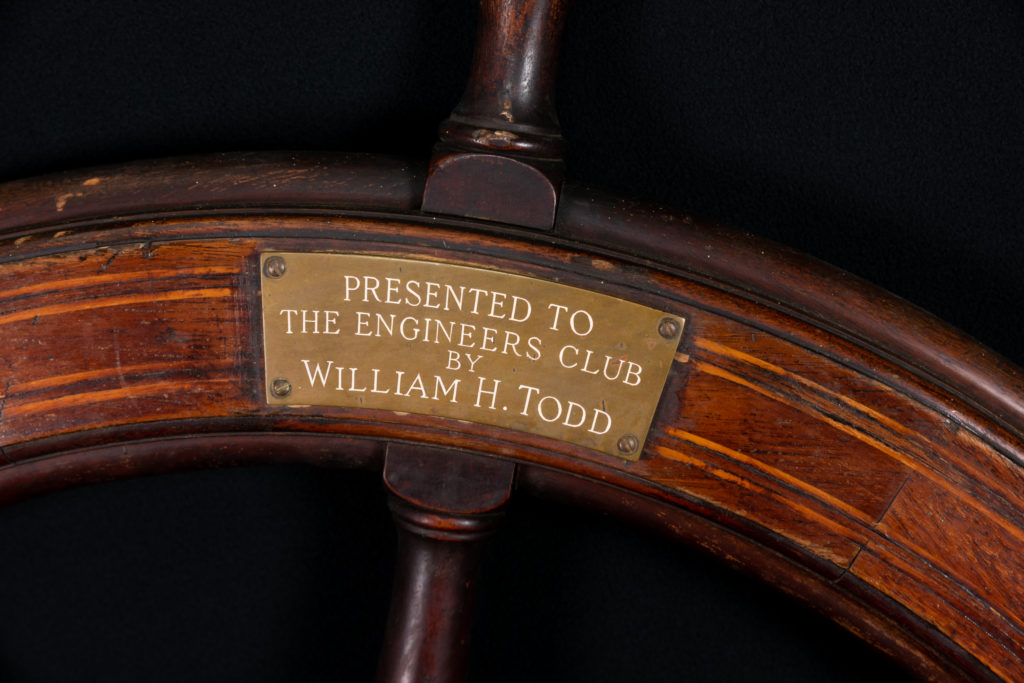March 20, 2020
From the Vault: the RELIANCE wheel (Part I)
A chance discovery leads to a very exciting acquisition for HMM!
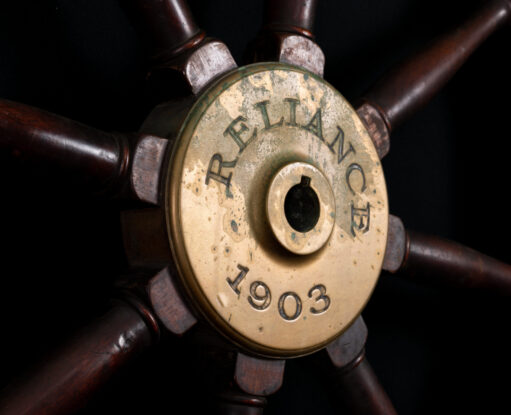
When you work at a museum...
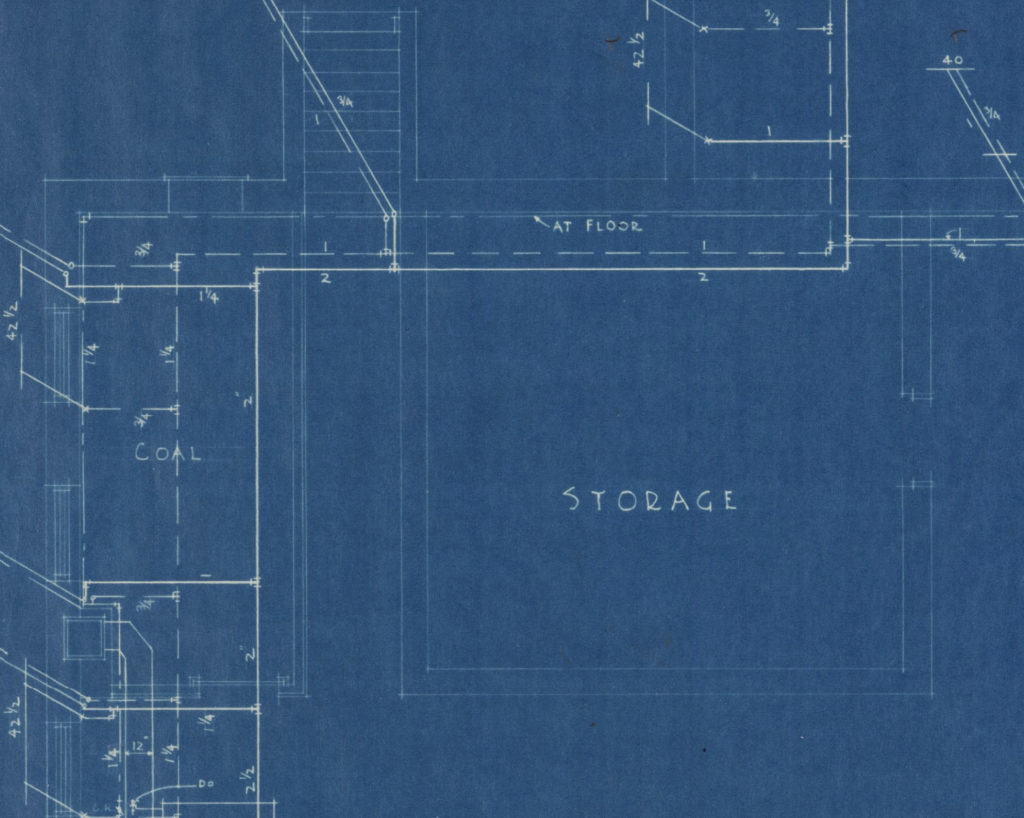
... you get used to receiving a certain kind of call. It’s the kind that increases in frequency after someone finds a Dali print at a thrift store, and the script is always the same: our caller has found an antique item of great value in the estate of their great-great-aunt, and would love to give us the first opportunity to make an offer to purchase said item. And while we’re at it, could we tell them how much we think it is worth…?
Unfortunately, our response is usually disappointing to our callers. First we have to tell them that museum professionals cannot, as a rule, appraise artifacts. Even if we could, the answer would probably be “less than you think,” sadly. Moreover, the item in question is often not related to our collecting mission so even if they wanted to donate it (for free!), we might gently have to let them know we are probably not the best recipient for great-great-aunt’s antique bicycle, and please do not leave it on our doorstep.
Even so, we are always happy to receive these kinds of calls. They are usually interesting, and part of our job is to help members with research - and maybe we happen know the historical society next door wants great-great-aunt’s bicycle. Sometimes these enquiries do lead to smaller donations that end up being great additions to our collection (please do still offer us your antique HMCo. postcards! We’d love to have them!). But another reason we take every single one of these calls seriously is that in extremely rare cases, an “over the transom” phone call or email results in one of those truly significant, once-in-a-career discoveries, our own version of a thrift-store-Dalí.
An Unexpected Email
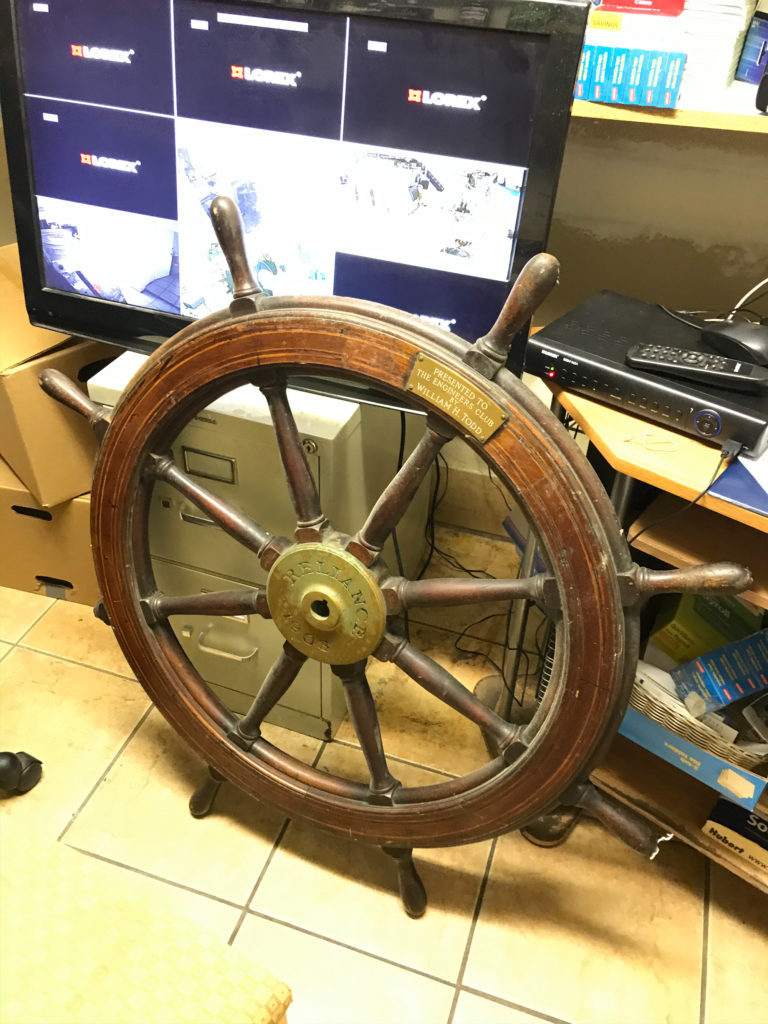
Last October, a member of a social club in Yonkers, NY sent us an email explaining that his club had recently purchased a restaurant for their new clubhouse. They bought the building with all of its contents, from fully stocked bar to stuffed freezers. As they were reorganizing and cleaning, they found a ship’s wheel in the basement. The wheel was large, heavy, and dirty, with one broken spoke and a small hand-lettered plate reading “Donated to the Engineers Club by William H. Todd” fastened to the felloe. And, engraved on the hub in an elegant serifed font, the words: “RELIANCE 1903”.
As soon as we could clear our schedules, Registrar / Archivist / Librarian Norene Rickson and I headed down the coast of Connecticut to see this wheel for ourselves. Was it really possible that this thing sitting on the floor of the liquor closet in the basement of a restaurant in Yonkers was one of two original 42” diameter wheels from the great rule-breaking monster and 1903 America’s Cup Defender, HMCo. #605, RELIANCE? And if so, how did it get there?
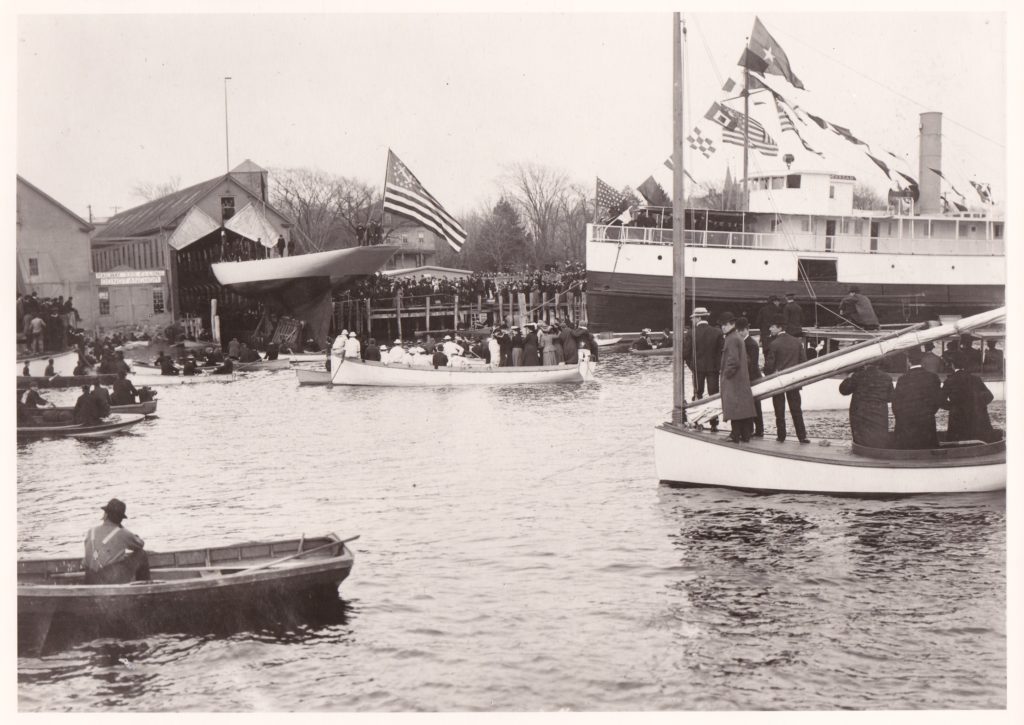
Authenticating the Yonkers Wheel
Before a museum can responsibly consider spending donor funds on an artifact, they must establish the authenticity of the artifact in question. So where do we start when attempting to authenticate a find like this? We are very lucky that we have a treasure trove of historic documentation relating to HMCo. available to us today from a number of collections. For this project, we referenced our own historic photo and archival collections, the Haffenreffer-Herreshoff collection of HMCo. plans at the MIT Museum, and the photographic archives and artifact collections at the Mystic Seaport Museum. Finding connections between all three collections was greatly assisted by the Herreshoff Catalogue Raisonné.
We started by looking at historic photos of RELIANCE and her double-wheeled helm. As described in Herreshoff of Bristol, “Reliance was built with two steering wheels on a common shaft so that four persons could lend their strength in keeping the boat on course. According to NGH, however, Reliance steered easily and never required more than a single helmsman.” Did historic photos showing both of RELIANCE's wheels more or less resemble the wheel in Yonkers? Yes, with one obvious difference: the RELIANCE historic photos did not show an engraved hub (more on this later). But this wasn’t so strange - it could easily enough have been engraved after the fact.


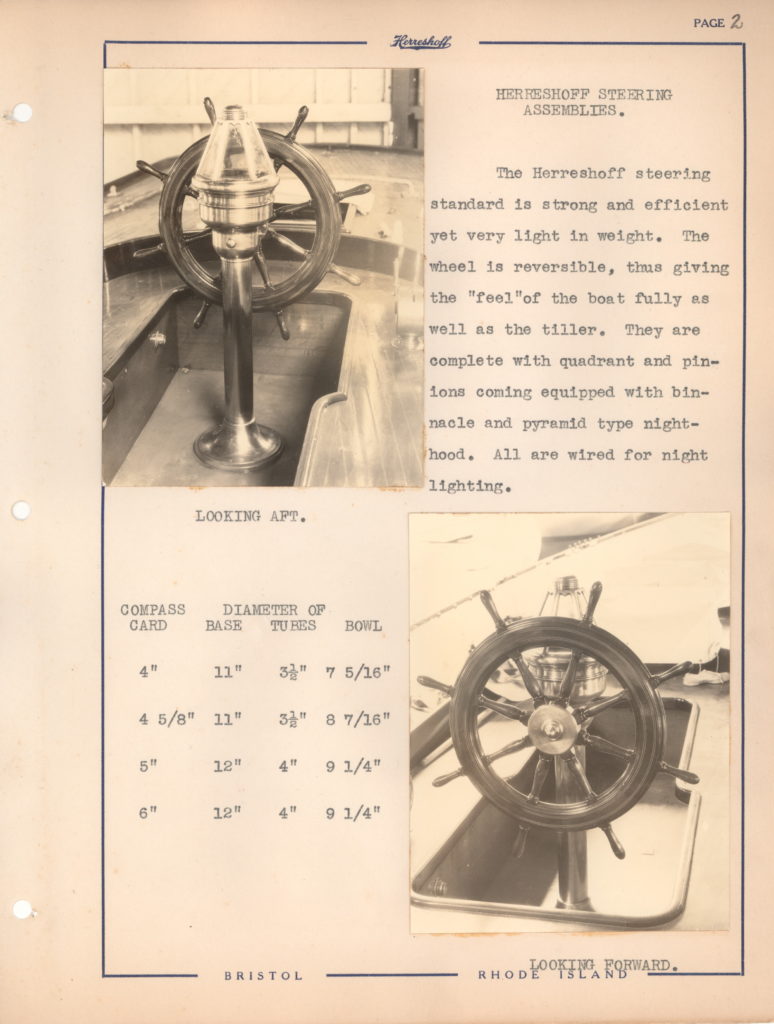
Next, we looked for the original RELIANCE drawings in the collection at MIT. While no drawings of the wheel alone exist from that period in the MIT collection we did find later HMCo. wheel drawings and advertisements that resembled the Yonkers wheel in construction and styling. And we did have drawings for RELIANCE showing the steering stand and gear. The scantlings on those drawings and the casting number (#7053) for the hub noted on RELIANCE plans at MIT matched the hub and scantlings on the Yonkers wheel.

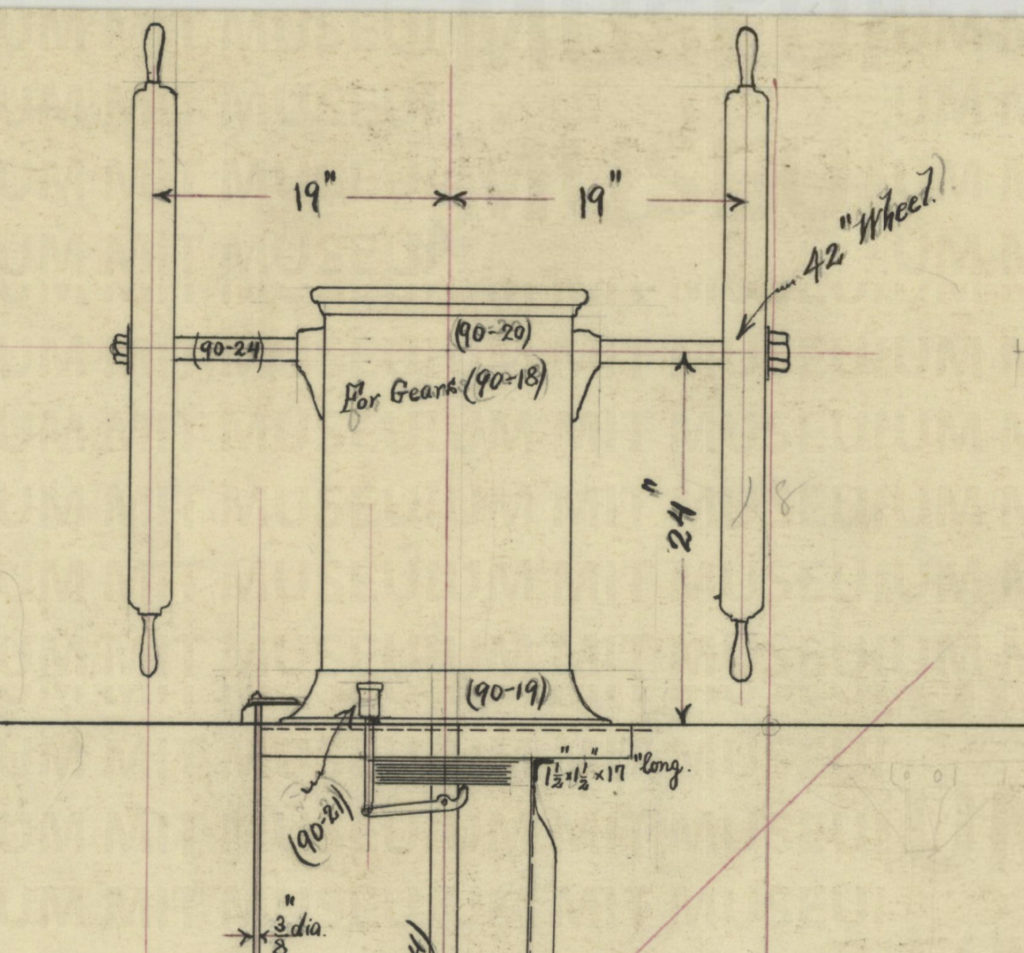
As it happens, the original wooden casting pattern #7053 for RELIANCE’s hub is in the collection of the Mystic Seaport Museum, and we were able to compare the physical casting pattern with the Yonkers wheel’s hub. Unfortunately, the plate casting pattern (#7072 - the part that is now engraved) may be lost and no drawing was made for it according to the original list of RELIANCE’s castings (see below) from MIT. However, a 1914 drawing for a 6” diameter hub for a 42” Herreshoff wheel shows a similar plate profile as the Yonkers wheel.

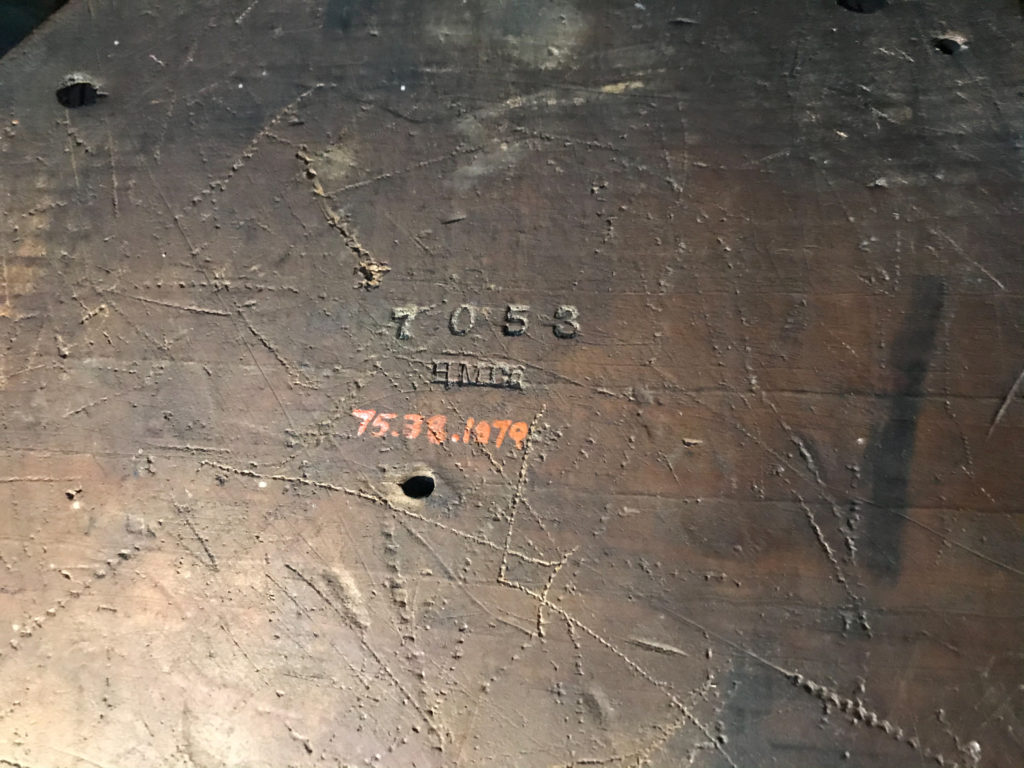

Encouragingly, the evidence at The Mystic Seaport Museum continued grow. We were able to look at the other HMCo. built America's Cup Defender wheels they have in their collection - including RELIANCE’s other wheel, which had been donated to them in the 1950s. Though the Yonkers wheel was darkened and corroded in comparison, the styling, construction and scantlings all matched precisely, and also matched both earlier and later America's Cup Defender wheels in the Mystic collection.
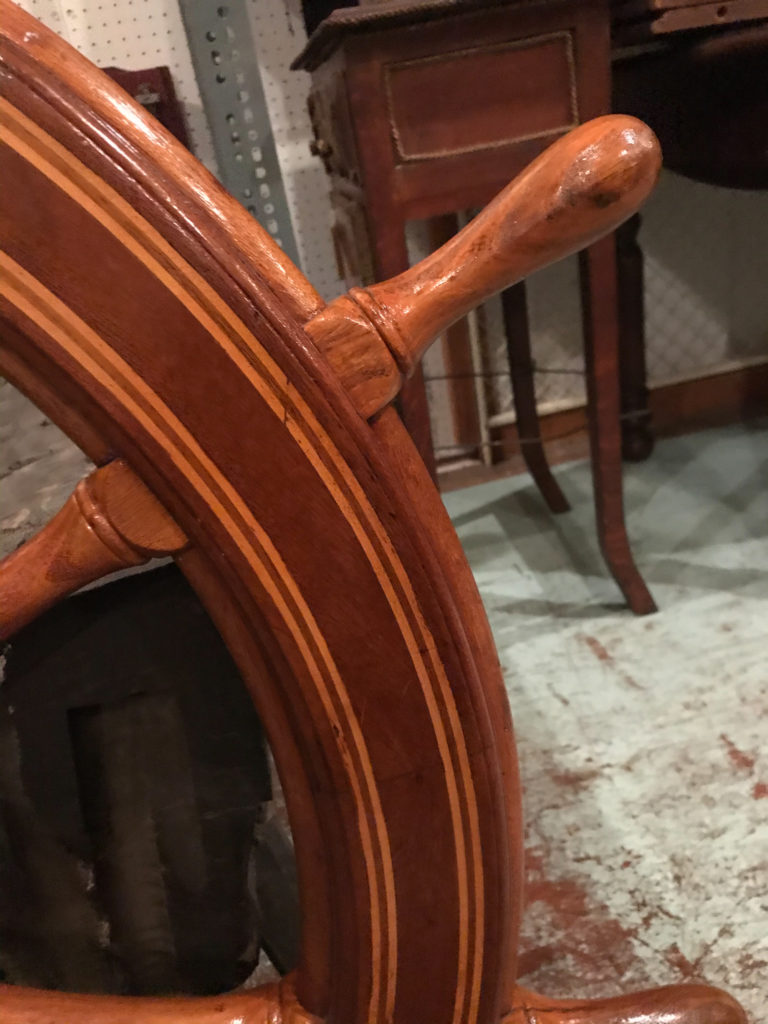
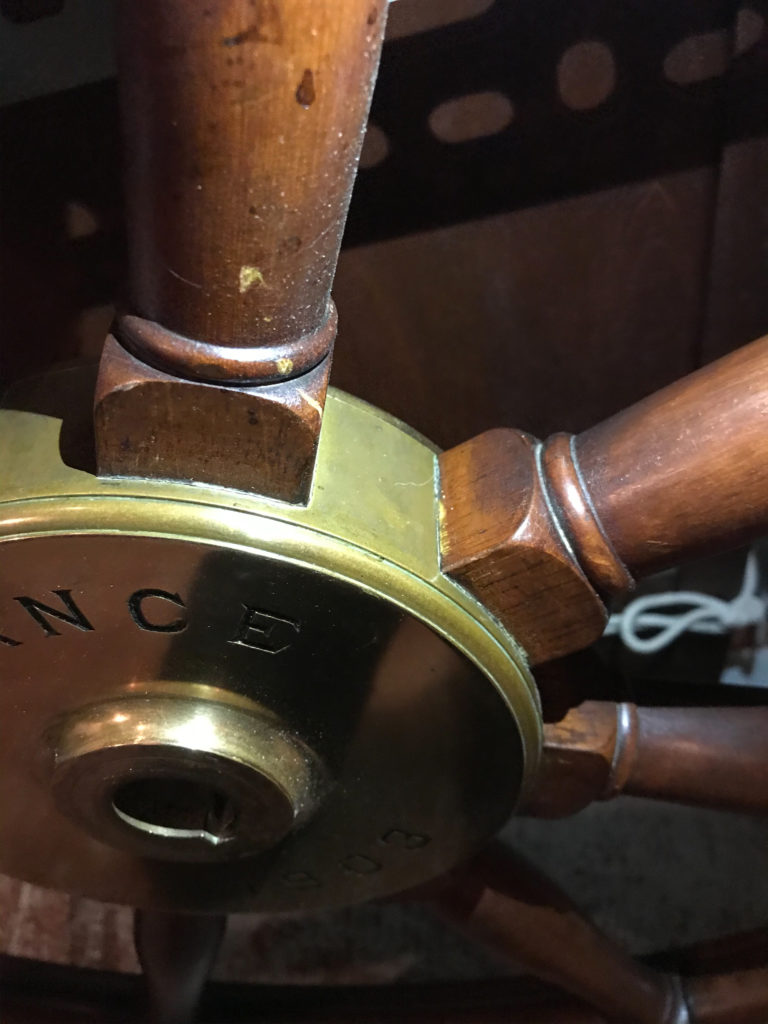
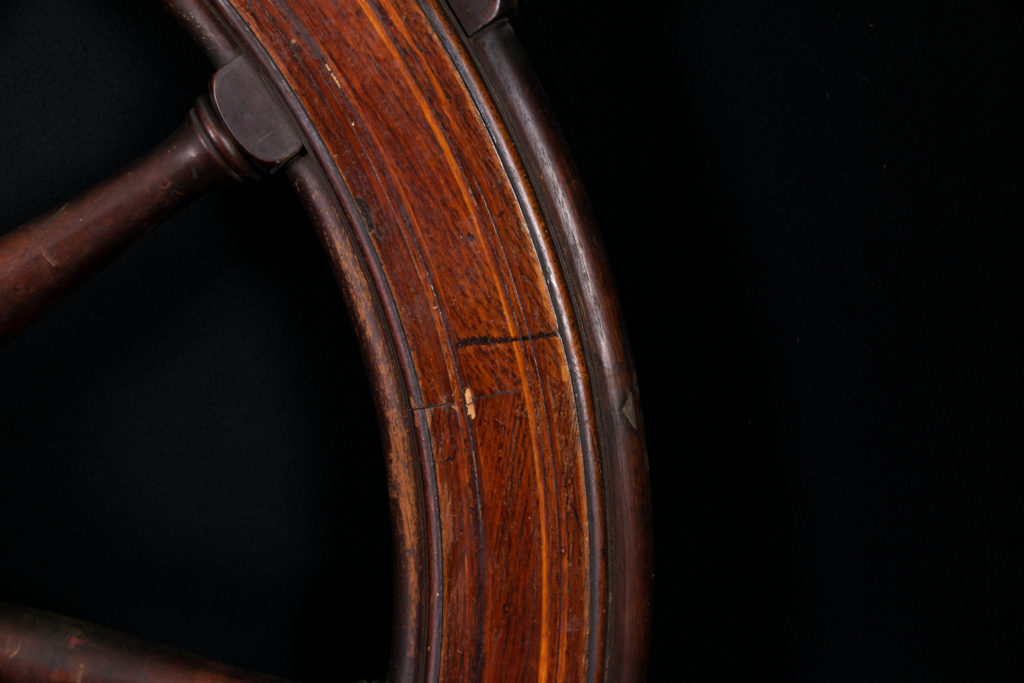
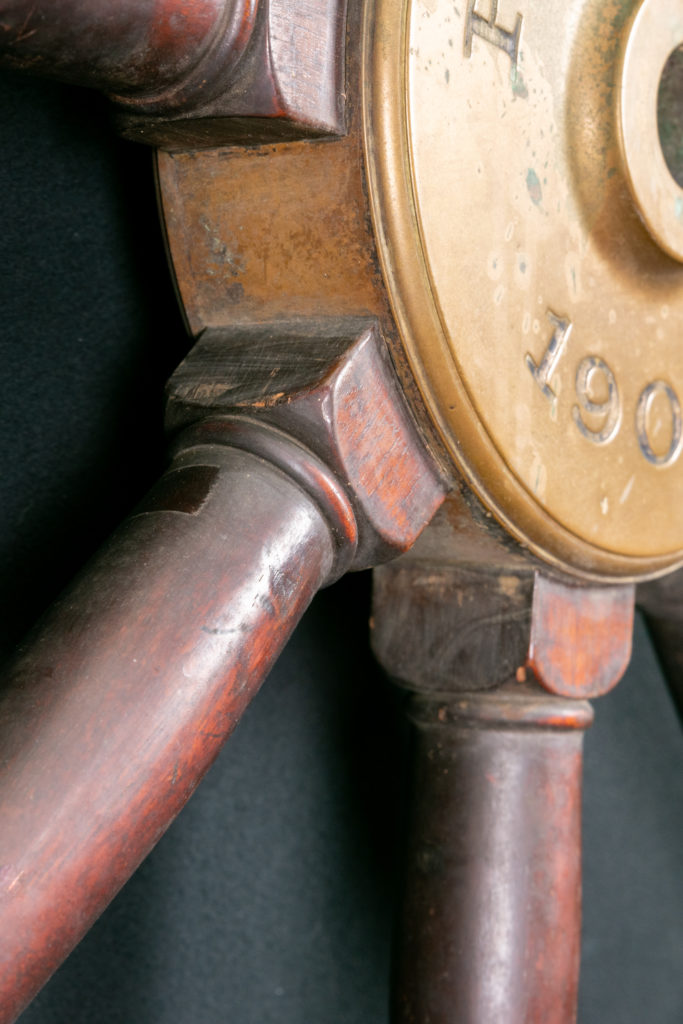
At this point, we called in the experts to take a look at the assembled photos, patterns, and plans, some of which we have shared here. Whenever we are considering a potential artifact for acquisition, we consult external researchers and scholars as well as our own staff and Collections Committee. In this case, we talked to a third-generation ship’s wheel builder, experts specializing in Herreshoff restorations, the architect behind the Herreshoff Catalog Raisonné and, authors of “Herreshoff of Bristol,” and "Herrshoff: American Masterpieces," as well as experts from the Mystic Seaport Museum, the Museum of Yachting, the New York Yacht Club, and the America’s Cup Hall of Fame Selection Committee. The club in Yonkers, meanwhile, was having an independent appraisal and authentication conducted, as general museum “Best Practices” dictate.
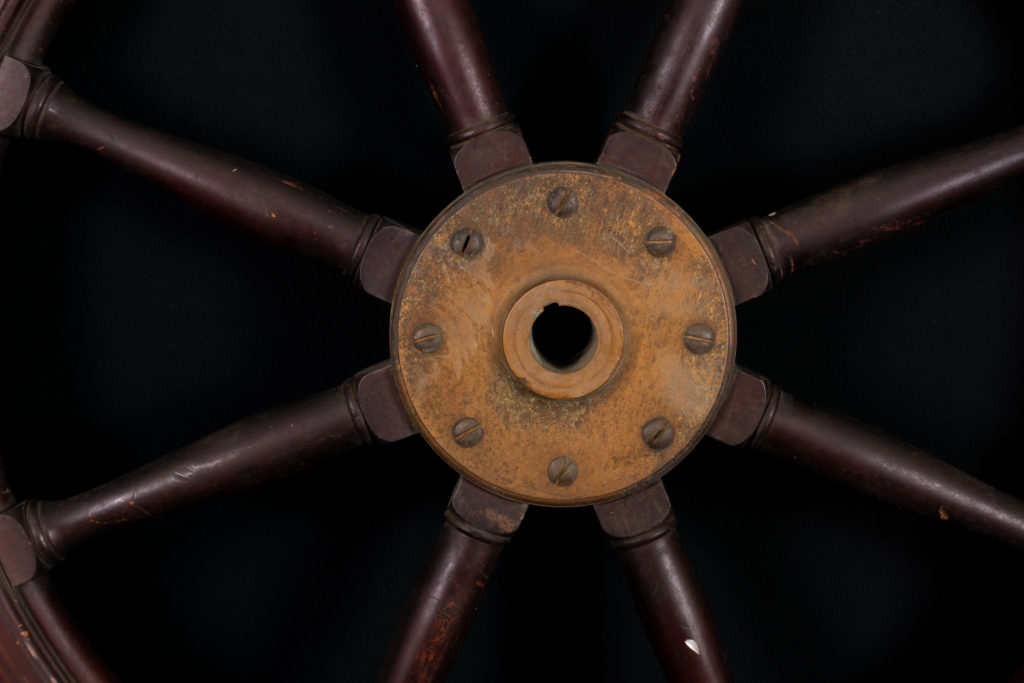
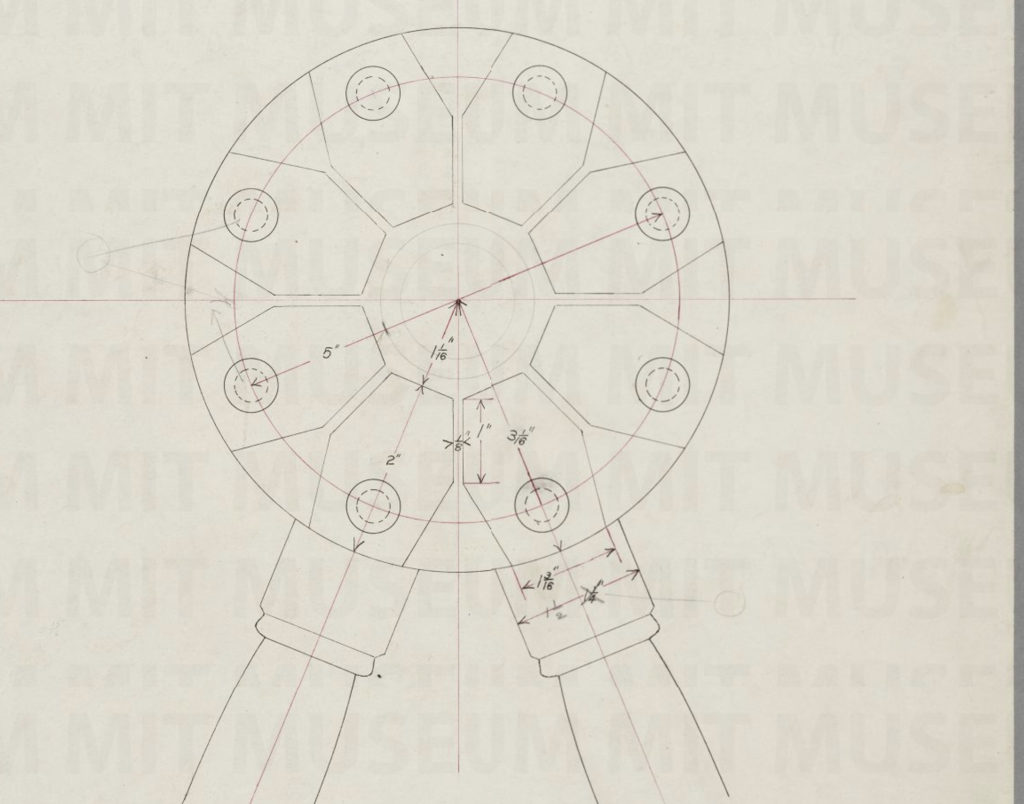
The cumulative wisdom of our experts suggested that - engraving on hubs notwithstanding - we had enough evidence to want to make an offer on this artifact, if we could raise the funds. So while we waited for the appraiser’s report, we turned our attention to the next question on our list:
Who was Mr. Todd?
And how did that wheel end up in a basement in Yonkers? To be continued in Part II… !
